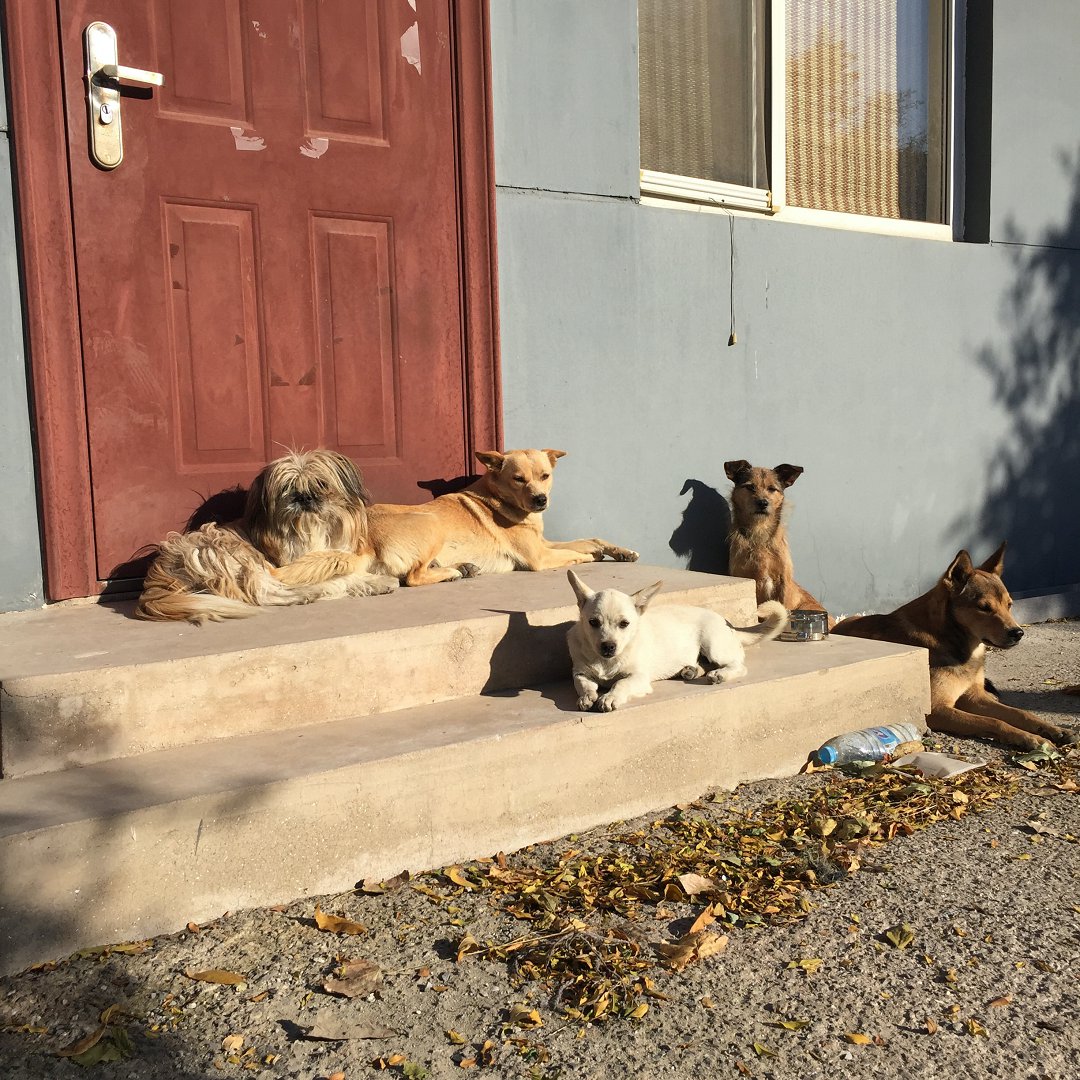Table of Contents
- 1 Introduction: The Importance of Proper Training Treats for Your Beagle
- 2 Finding the Perfect Balance: How Many Training Treats Should You Give Your Beagle?
- 3 Expert Tips and Recommendations for Daily Training Treats for Beagles
- 4 FAQs About: how many training treats per day for a beagle
- 4.1 How many training treats should I give my beagle in a day?
- 4.2 What are some healthy training treats for beagles?
- 4.3 Can I use high-value training treats for my beagle?
- 4.4 Should I consider the calorie content of training treats for my beagle?
- 4.5 Are grain-free training treats suitable for beagles?
- 4.6 How often should I give training treats to my beagle for obedience training?
Introduction: The Importance of Proper Training Treats for Your Beagle
Are you a proud beagle owner looking to train your furry friend? If so, you’ve come to the right place! One of the key aspects of successful training is finding the perfect training treats for your beagle. But why are training treats so important, you may wonder? Well, the answer is simple: they serve as a powerful motivator and reward for your beagle’s good behavior. These treats not only make training sessions more enjoyable but also reinforce positive behavior, making your beagle more responsive to your commands. In this article, we will explore the ideal number of training treats per day for a beagle and provide expert tips and recommendations to help you on your training journey.
Now that we understand the importance of training treats, let’s dive into the question at hand: how many training treats should you give your beagle per day? Finding the perfect balance is crucial to ensure your beagle stays healthy and maintains an ideal weight. While it may be tempting to shower your furry friend with treats, it’s essential to remember that treats should only make up a small portion of their daily caloric intake. As a general guideline, experts recommend giving your beagle no more than 10% of their daily caloric needs in training treats. This ensures they receive the necessary nutrition from their regular meals while still enjoying the benefits of positive reinforcement during training sessions.
In the next section, we will delve deeper into expert tips and recommendations for daily training treats for beagles. We’ll explore a range of options, including healthy, low-calorie, grain-free, and natural training treats that are ideal for beagles. Additionally, we’ll discuss the importance of high-value treats for scent hounds and hunting dogs, as well as the best treats for obedience training and positive reinforcement. So, if you’re ready to discover the world of training treats tailored specifically for your beagle, let’s jump right in!
Finding the Perfect Balance: How Many Training Treats Should You Give Your Beagle?
When it comes to training your Beagle, using treats as rewards can be highly effective. However, it’s important to strike the right balance in order to avoid overfeeding and potential health issues. So, how many training treats should you give your Beagle per day? Let’s explore some factors to consider and recommendations to help you find the perfect balance.
Factors to Consider
- Size and Age: Beagles come in different sizes, and their age can also affect their nutritional needs. Smaller Beagles may require fewer treats compared to larger ones. Additionally, puppies have higher calorie requirements than adult Beagles, so adjust the treat quantity accordingly.
- Activity Level: The activity level of your Beagle plays a role in determining the number of treats they should receive. If your Beagle is highly active and burns a lot of calories, they may need more treats to meet their energy needs.
- Health and Weight: Beagles are prone to weight gain, so it’s crucial to monitor their calorie intake. If your Beagle is overweight or has any health conditions, consult with your veterinarian to determine the appropriate number of treats.
Recommendations
- Portion Control: It’s important to remember that treats should only make up a small portion of your Beagle’s overall diet. Aim for treats to make up no more than 10% of their daily calorie intake.
- Healthy Options: Opt for healthy training treats for Beagles, such as low-calorie, grain-free, and natural options. Look for treats specifically designed for small breeds or puppies, as they are often smaller in size and lower in calories.
- Training Session Duration: Consider the duration of your training sessions. If you have longer training sessions, you may need to break up the treats into smaller portions to avoid overfeeding.
- High-Value Treats: Use high-value treats for more challenging training exercises or when you need to reinforce specific behaviors. These treats can be slightly higher in calories but should still be given in moderation.
By considering these factors and following these recommendations, you can find the perfect balance of training treats for your Beagle. Remember to monitor your Beagle’s weight and adjust the treat quantity accordingly. With the right approach, you can effectively train your Beagle while keeping them healthy and happy.
Next, let’s explore some expert tips and recommendations for daily training treats for Beagles.
Expert Tips and Recommendations for Daily Training Treats for Beagles
When it comes to training your beagle, using the right treats can make all the difference. Here are some expert tips and recommendations for choosing and using training treats effectively:
1. Choose healthy and nutritious treats
It’s important to prioritize your beagle’s health when selecting training treats. Look for options that are made with high-quality ingredients and are specifically formulated for dogs. Opt for treats that are low in calories, grain-free, and made with natural ingredients. This will ensure that your beagle is getting the necessary nutrients without consuming excessive calories.
2. Consider the size and texture of the treats
Beagles are small breed dogs, so it’s essential to choose treats that are the right size for their mouths. Look for small-sized training treats that can be easily chewed and swallowed without any issues. Additionally, consider the texture of the treats. Soft and chewy treats are often preferred by beagles, as they can be quickly consumed during training sessions.
3. Use high-value treats for more challenging tasks
For more difficult training tasks or behaviors that require extra motivation, it’s helpful to have high-value treats on hand. These treats are usually more enticing to your beagle and can be used as a special reward for exceptional performance. Examples of high-value treats for beagles include freeze-dried meats, small pieces of cheese, or even homemade treats made with ingredients like peanut butter or sweet potato.
4. Moderation is key
While training treats are an important tool for positive reinforcement, it’s crucial to use them in moderation. Overfeeding your beagle with treats can lead to weight gain and other health issues. As a general guideline, aim to give your beagle no more than 10% of their daily calorie intake through training treats. Consult with your veterinarian to determine the appropriate amount of treats for your beagle’s specific needs.
5. Rotate and vary the treats
To keep your beagle engaged and motivated during training sessions, it’s beneficial to rotate and vary the treats you use. This prevents your beagle from becoming bored with the same treats and helps maintain their interest and enthusiasm. Consider using a mix of different flavors, textures, and types of treats to keep training sessions exciting and enjoyable for your beagle.
By following these expert tips and recommendations, you can ensure that your beagle receives the right amount and type of training treats for effective and enjoyable training sessions. Remember to always prioritize your beagle’s health and well-being when selecting treats, and consult with your veterinarian for personalized advice.
FAQs About: how many training treats per day for a beagle
How many training treats should I give my beagle in a day?
The number of training treats you should give your beagle in a day depends on their size, age, and activity level. As a general guideline, it is recommended to give around 10% of their daily caloric intake in treats. Consult with your veterinarian to determine the appropriate amount for your specific beagle.
What are some healthy training treats for beagles?
There are several healthy training treats available for beagles. Look for treats that are low in calories, grain-free, and made with natural ingredients. Some popular options include small breed training treats, puppy training treats for beagles, and treats specifically designed for scent hounds or hunting dogs.
Can I use high-value training treats for my beagle?
Yes, using high-value training treats can be beneficial for beagles, especially during challenging training sessions or when working on obedience training. High-value treats are usually more enticing and can help motivate your beagle to learn and respond to commands.
Should I consider the calorie content of training treats for my beagle?
Yes, it is important to consider the calorie content of training treats, especially if your beagle is prone to weight gain. Look for low-calorie options that still provide nutritional value. Be mindful of the overall calorie intake from treats and adjust their regular meals accordingly to maintain a healthy weight.
Are grain-free training treats suitable for beagles?
Grain-free training treats can be a good option for beagles, especially if they have grain sensitivities or allergies. However, it is always recommended to consult with your veterinarian before making any dietary changes for your beagle.
How often should I give training treats to my beagle for obedience training?
During obedience training, it is important to use treats as a reward for desired behaviors. Give treats immediately after your beagle successfully follows a command or displays the desired behavior. Consistency is key, so aim to provide treats consistently during training sessions to reinforce positive behaviors effectively.






Leave a Reply